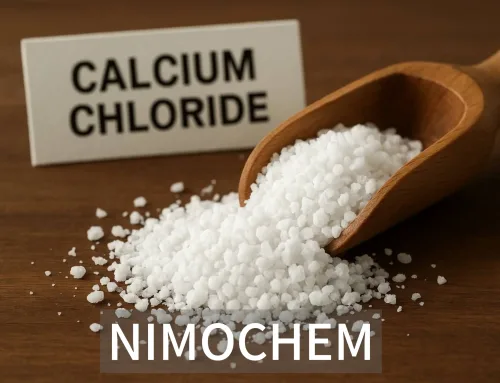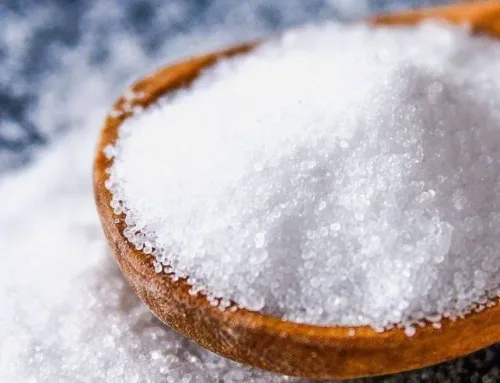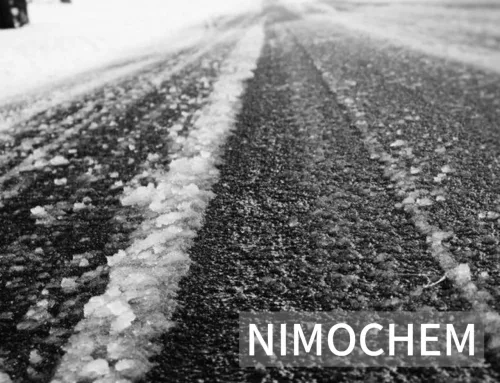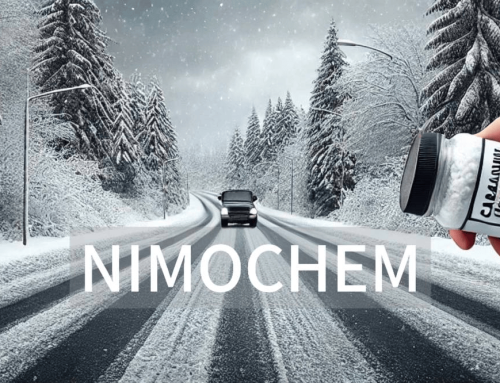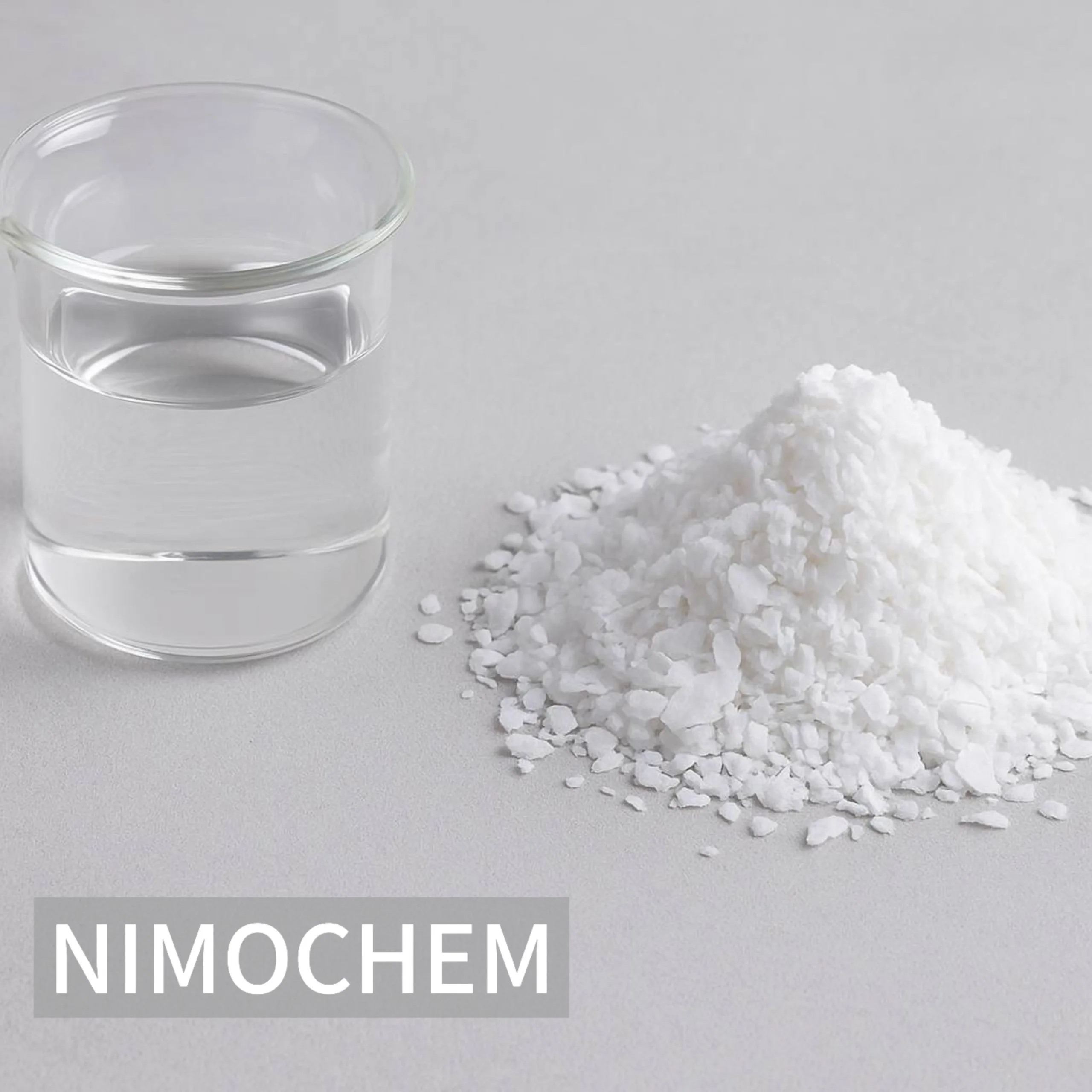
Liquid vs. Flake Calcium Chloride: Which Is Right for Your Application?
Calcium chloride (CaCl₂) is a versatile chemical used across various industries—from road maintenance and construction to water treatment and food processing. It’s available in different forms, with liquid calcium chloride and flake (solid) calcium chloride being the most common. But which one is better for your specific needs?
In this article, we’ll break down the key differences, benefits, and ideal use cases for both liquid and flake calcium chloride to help you make an informed decision.
1. Composition and Form
• Liquid Calcium Chloride: A clear, colorless solution, usually available in concentrations between 28% and 35%. It’s ready to use without the need for dissolution.
• Flake Calcium Chloride: A solid form containing about 77–80% purity. It must be dissolved in water before application in most cases.
2. Application Areas
-Liquid Calcium Chloride is ideal for:
• Dust control on unpaved roads
• De-icing and anti-icing in cold climates
• Concrete acceleration in construction
• Industrial wastewater treatment
-Flake Calcium Chloride is better suited for:
• Moisture absorption in packaging and desiccants
• Oil & gas industry as a brine compound
• Agricultural applications (soil stabilization, fertilizer)
• General-purpose storage where long shelf life is needed
3. Ease of Use
• Liquid Form: Convenient for quick applications. It’s often sprayed directly or added into systems without preparation.
• Flake Form: Needs to be dissolved, which may require additional labor or equipment. However, it’s easier to store and transport over long distances.
4. Cost & Storage Considerations
• Liquid calcium chloride is generally more expensive to ship due to its weight and volume, and it needs proper containment (tanks or drums).
• Flake calcium chloride is more cost-effective for bulk storage, has a longer shelf life, and is easier to package.
5. Environmental Impact
Both forms are biodegradable and safe when used correctly, but liquid calcium chloride is less likely to create dust during handling, making it safer in sensitive environments like food processing or urban areas.
Which One Should You Choose?
If you need a form that is ready for immediate use and easy to apply with precision, liquid calcium chloride is the better choice. It is ideal when you want to avoid time-consuming preparation and need effective performance in dust control or de-icing.
However, if your priorities include long-term storage, cost-effectiveness, or moisture absorption, then flake calcium chloride is a better fit. It’s especially useful when you have the resources to dissolve the flakes and are working in industries like agriculture or packaging.
Ultimately, the right form depends on your operational setup, handling capabilities, and application goals.
Conclusion
Choosing between liquid and flake calcium chloride depends on your specific needs, budget, and application method. If convenience and immediate use are priorities, liquid calcium chloride is ideal. But if you need better storage flexibility or want a more cost-effective solution for large-scale operations, flake calcium chloride may be the smarter choice.
Need help selecting the right grade or form of calcium chloride for your business?
Contact us today
